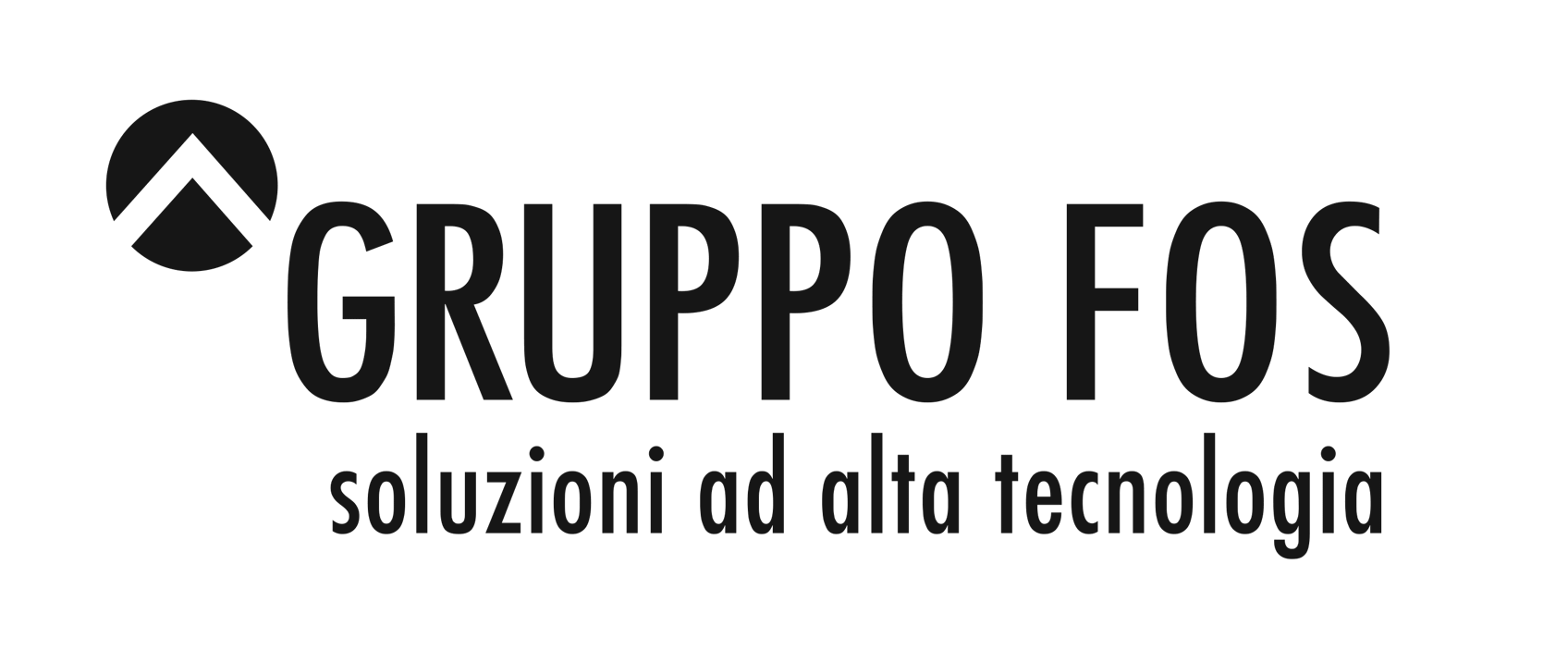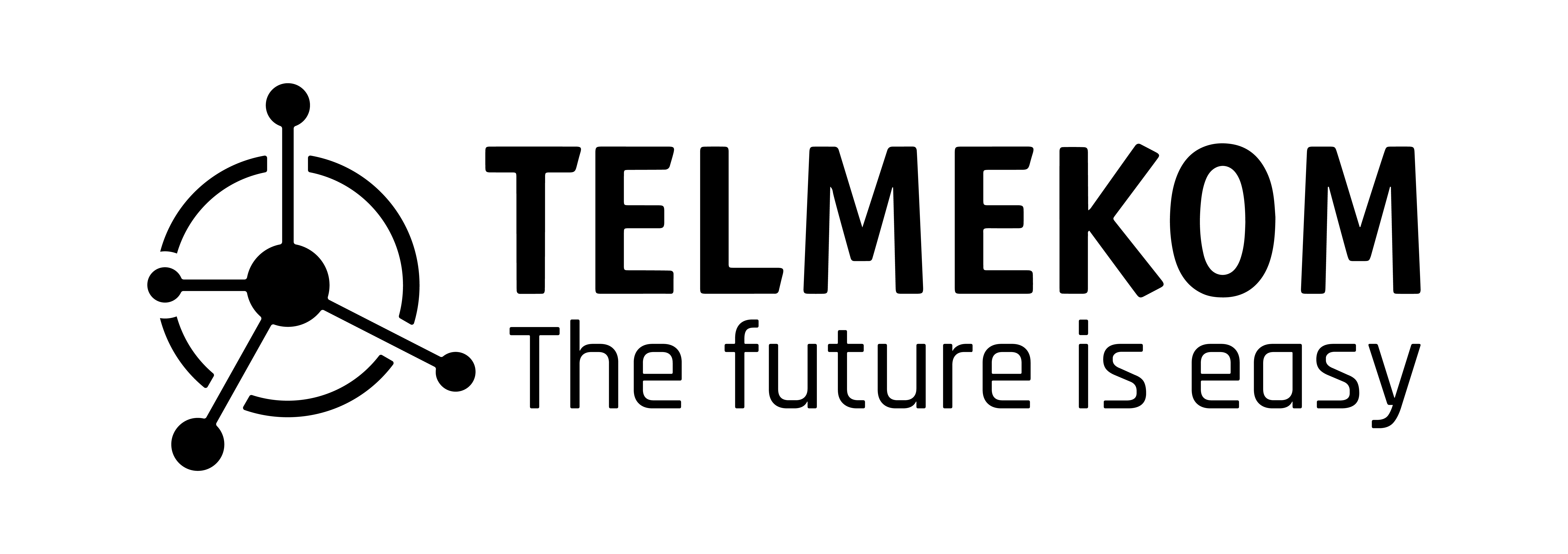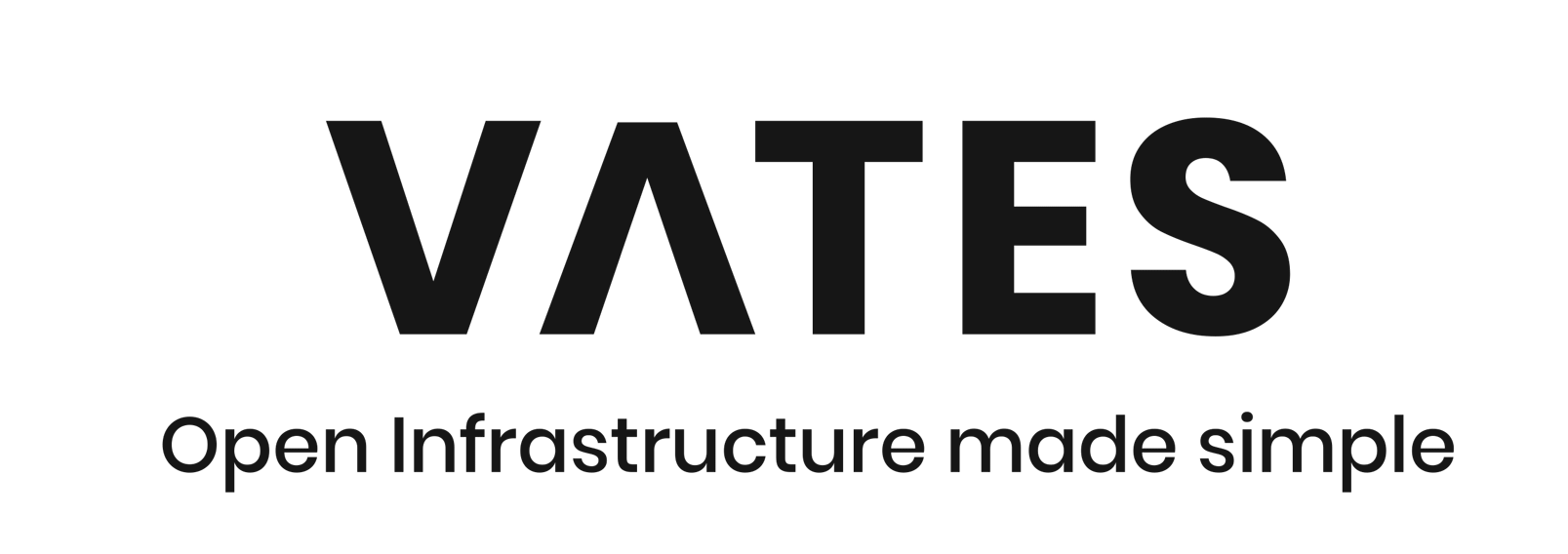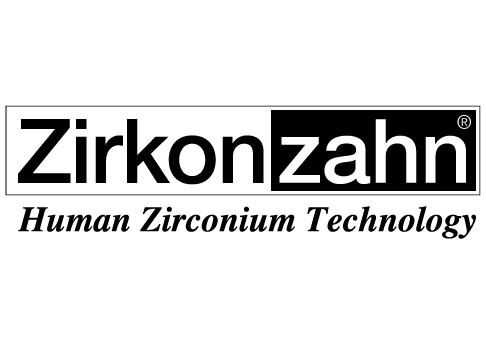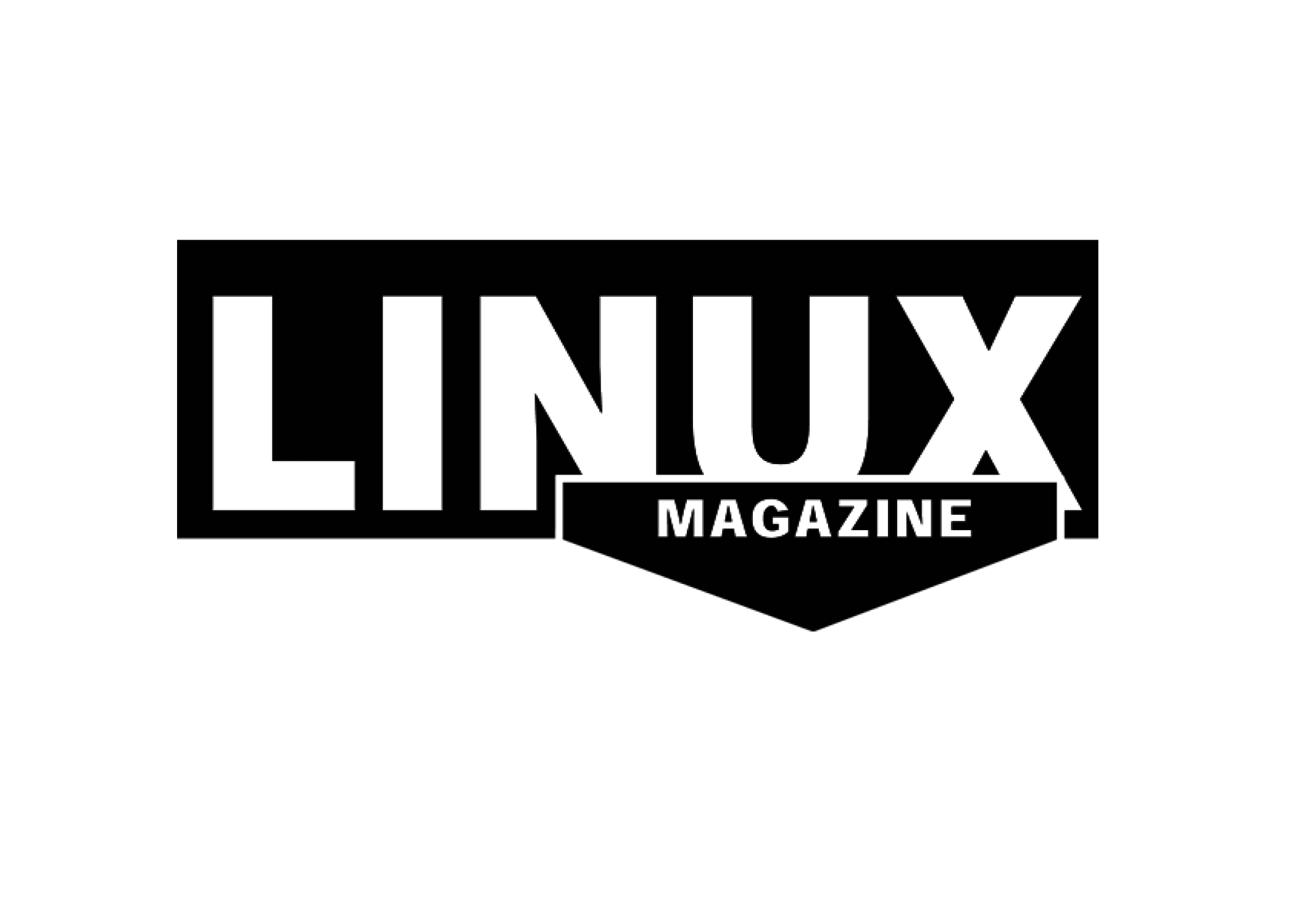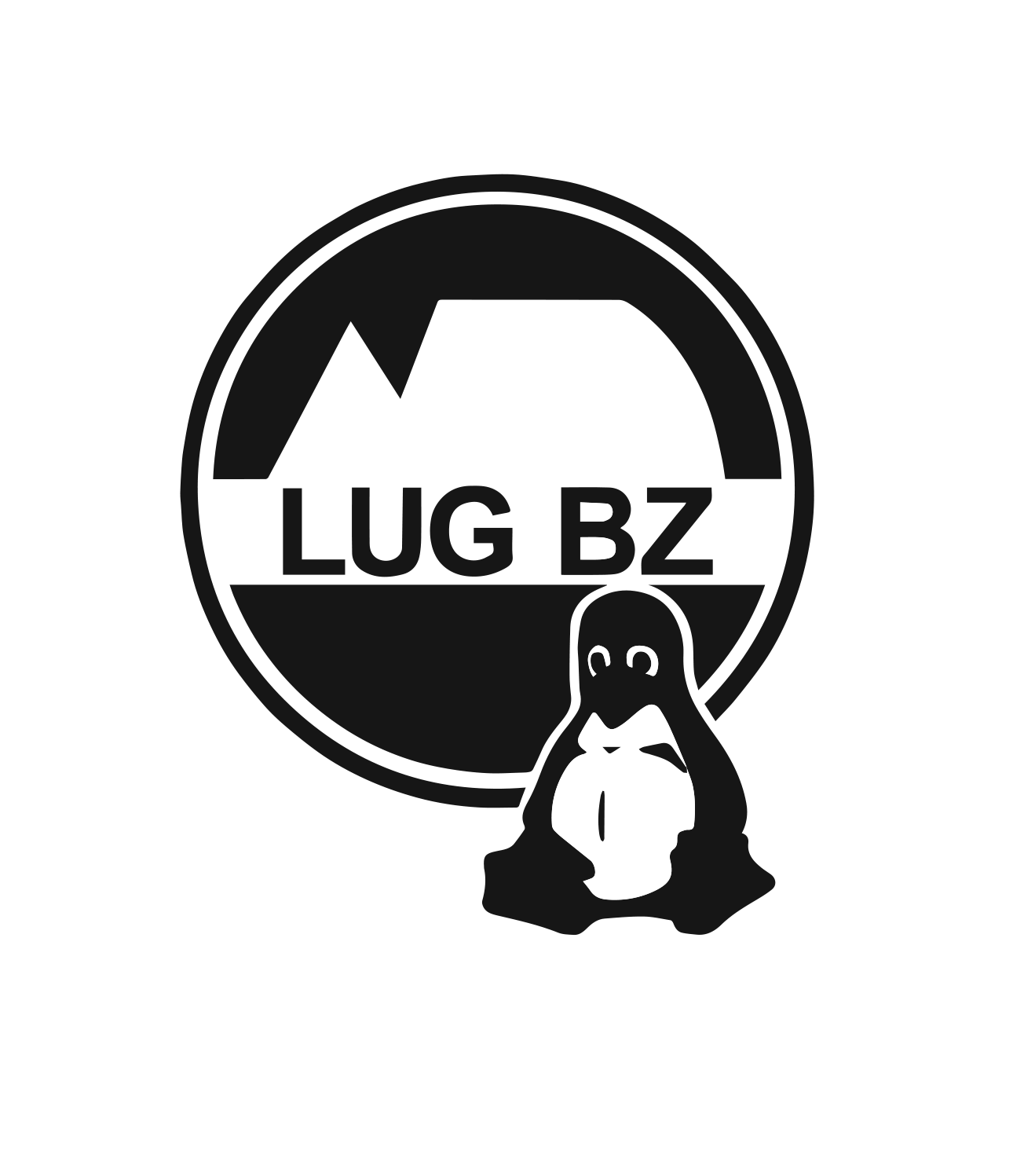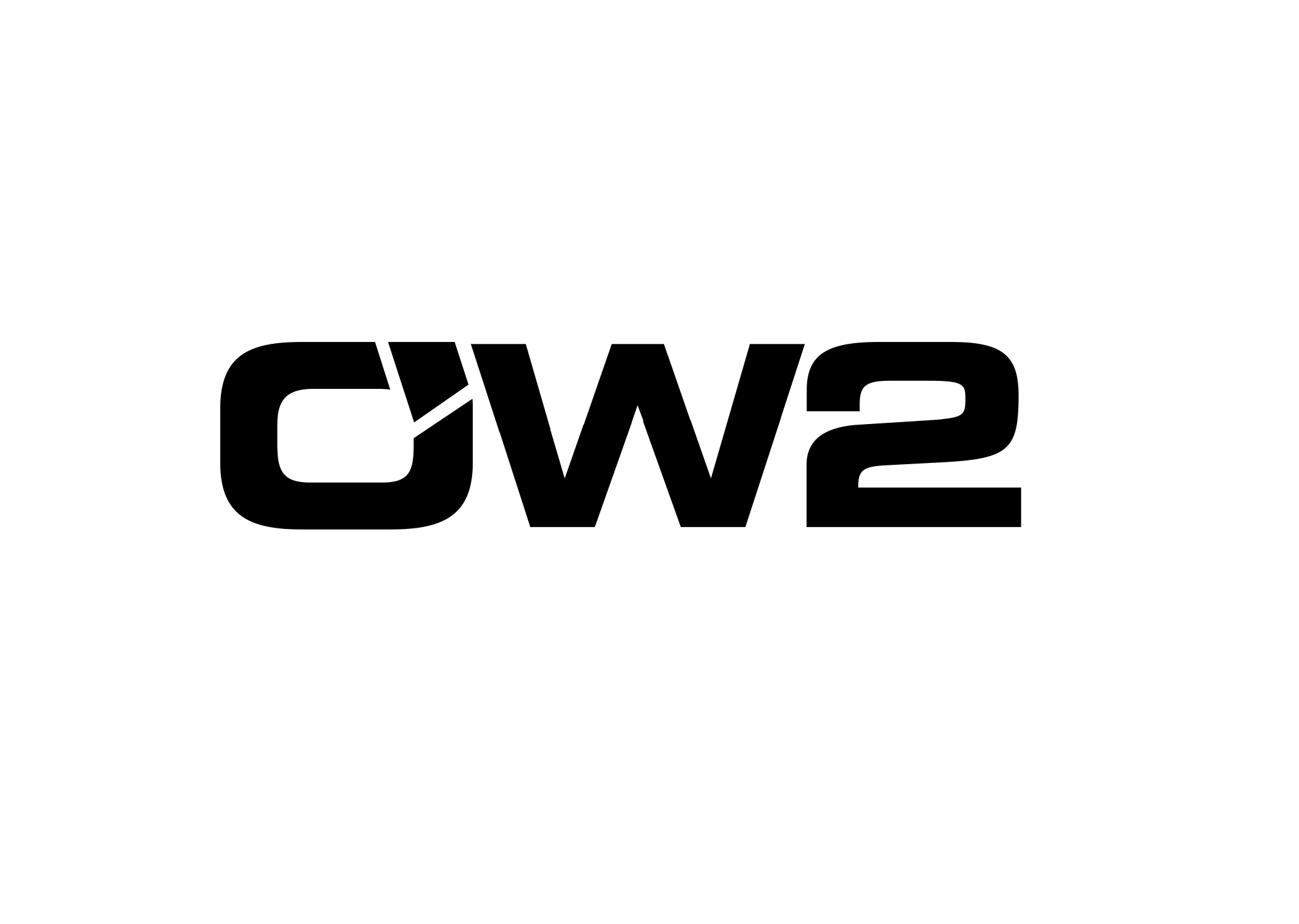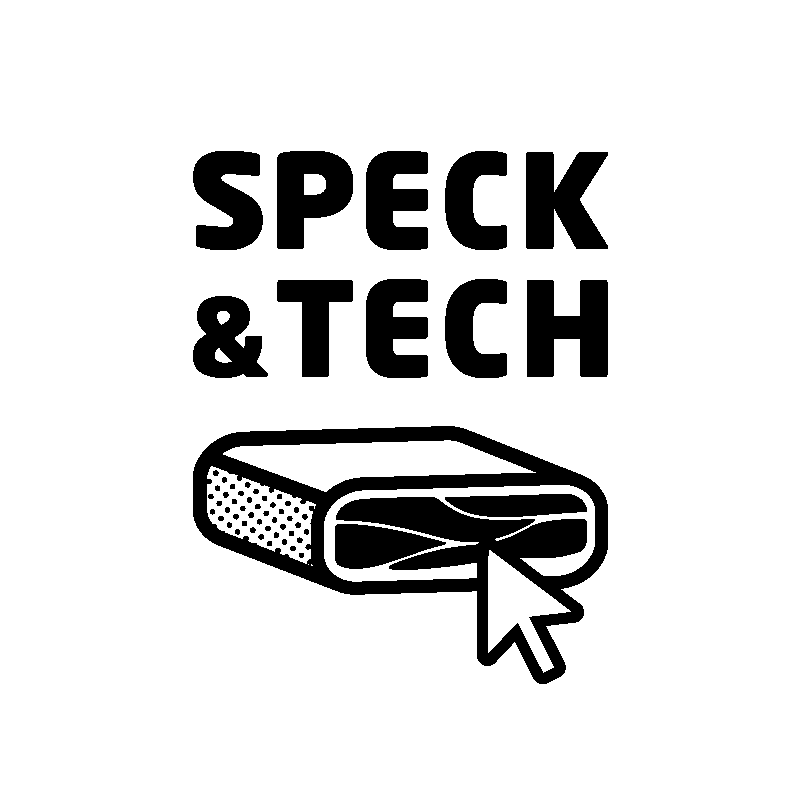While Kubernetes is primarily associated with managing cloud-native applications and microservices, it can also play a role in IoT deployments. Here are a few reasons why Kubernetes is relevant in the context of IoT:
1 Scalability: IoT systems often involve a large number of devices generating massive amounts of data. Kubernetes provides automatic scaling capabilities, allowing IoT applications to scale horizontally by adding or removing instances based on demand. This helps manage the increasing workload efficiently.
2 Resilience and High Availability: IoT applications require high availability to ensure uninterrupted operations. Kubernetes offers features like load balancing, fault tolerance, and self-healing capabilities. It can automatically restart failed containers or replace them with healthy instances, ensuring that IoT services remain available and resilient.
3 Resource Optimization: IoT deployments typically involve a mix of hardware devices with varying capabilities. Kubernetes can optimize resource utilization by efficiently distributing workloads across devices. It allows you to define resource constraints and priorities, ensuring that devices with higher capabilities handle more demanding tasks.
4 Service Discovery and Load Balancing: In an IoT ecosystem, devices and services need to discover and communicate with each other. Kubernetes provides built-in service discovery mechanisms, such as DNS-based service discovery and load balancing, allowing devices to locate and interact with services dynamically.
5 Security and Updates: Security is a crucial aspect of IoT systems, and Kubernetes helps in managing security at scale. It provides features like role-based access control (RBAC), network policies, and secret management to enforce security measures across IoT deployments. Additionally, Kubernetes facilitates rolling updates, allowing for seamless updates and patches without downtime.
6 Flexibility and Portability: Kubernetes abstracts the underlying infrastructure, enabling IoT applications to be deployed consistently across different environments, whether it’s on-premises, in the cloud, or at the edge. This flexibility allows organizations to migrate or distribute their IoT workloads as needed, making it easier to adopt hybrid or multi-cloud strategies


